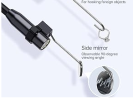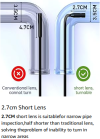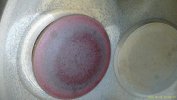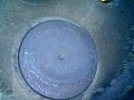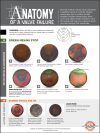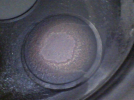Anybody know much about the inexpensive borescopes now available? It seems there are quite a few in the <$50 price range and I'm curious whether they're actually any good. Here's one example:
Has anyone tried a cheapo? What's your experience?
Has anyone tried a cheapo? What's your experience?

